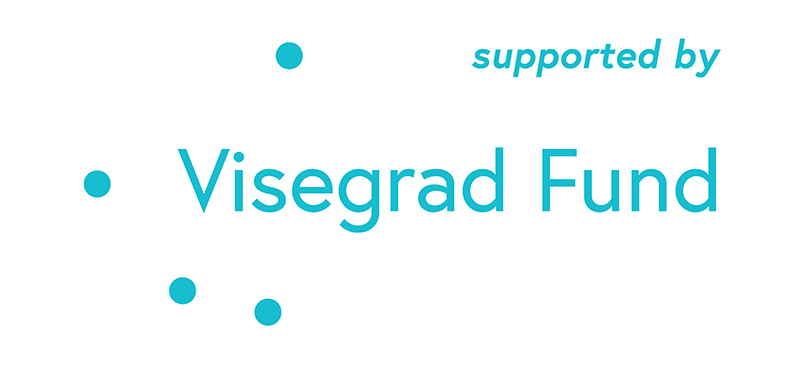Quality 4.0 is a concept that focuses on the role of quality in an increasingly digitized and automated world. With the help of digital tools, organizations can manage and deliver high-quality products and services to gain a competitive advantage. These tools improve operational efficiency, product quality, factory outputs, and supply chain flexibility. In order to understand the evolution of Quality 4.0, it is important to look back at its predecessors.
Quality 1.0, the founding principles of the quality profession, relied on inspection and measurement to ensure quality. Quality 2.0 emerged during the industrial revolution and introduced the concept of adhering to specified standards to indicate acceptable quality levels. Quality 3.0, which spanned from the time of Taylor to the end of the 20th century, emphasized customer satisfaction, continuous improvement, and standardized work. It can be seen as the analogue equivalent of digital transformation.
Today, Quality 4.0 represents an advancement of Quality 3.0 through the inclusion of digitalization in all three phases of quality management: quality of design, quality of conformance, and quality of performance. It utilizes technologies such as cyber physical systems, Internet of Things, robotic process automation, big data, artificial intelligence, and cloud computing. These technologies enable process adjustment, signal feedback, adaptive learning, self-induced correction systems, and more.
One of the key shifts in Quality 4.0 is the transition from process operators-led control-oriented approach to process designers. Machines are now capable of self-regulating different phases of quality management, allowing for objective data-oriented management of productivity. However, as Quality 4.0 is still in its early stages of development, the pros and cons of implementing it are not yet clear. These pros and cons may also vary based on the size of the organization (small and medium-sized enterprises vs. large enterprises) and the sector (manufacturing vs. services).
In a study conducted amongst 50 companies in Europe and North America, the motivation, barriers, and readiness factors for Quality 4.0 were tabulated. It was found that there is a shortage of empirical studies on this topic, as it is relatively new and not many companies have implemented it yet. This study aims to summarize and critically analyze the readiness factors for the effective adoption of Quality 4.0.
Organizational readiness factors vary depending on the size of the organization and the sector. In this study, researchers seek to answer the following questions: What are the pros and cons of implementing Quality 4.0 in different organizations (manufacturing, service, SME, and LE)? What are the organizational readiness factors for the adoption of Quality 4.0?
The literature review results indicate that there is a lack of discussion on the definition, benefits, challenges, barriers, and organizational readiness factors of Quality 4.0. Traditional quality management tools and principles need to be integrated with emerging Industry 4.0 technologies to achieve enduring and comprehensive benefits.
Digital technologies, such as sensors and real-time data analysis, can contribute to improving quality in various ways. They enable organizations to monitor production processes, predict operational and maintenance needs, and make data-driven decisions. However, cultural transformation within the organization is also important and should be given adequate consideration.
Barriers to transformational change in organizations, especially in the context of digital transformation, include financial issues, cultural issues, resistance to change, and lack of competencies. Organizational readiness for technology and digital transformation can be complex and requires factors such as organizational strategy, level of digitalization, adaptability, and top management involvement.
To assess organizational readiness for Quality 4.0, an online survey was used to collect data from quality professionals in various organizations. The survey included questions about the organization's adoption of Quality 4.0, reasons for non-adoption, pros and cons of implementing Quality 4.0, and readiness factors. The results showed that 45% of organizations had adopted Quality 4.0, with manufacturing companies being more likely to adopt it compared to service companies.
The non-adoption factors included lack of resources, unclear benefits, high implementation costs, existing quality management strategies, and lack of knowledge. The pros of implementing Quality 4.0 included handling big data, cost and time savings, improved decision-making, and enhanced value creation. The cons included high implementation costs, lack of financial resources, lack of implementation knowledge, and lack of senior management support.
The top readiness factors for the successful adoption of Quality 4.0 were identified as top management commitment, leadership, and organizational culture. These factors were found to be important for both large enterprises and SMEs, as well as for manufacturing and service organizations. Leadership was identified as the most crucial factor for predicting the adoption of Quality 4.0.
In conclusion, Quality 4.0 represents an advancement in quality management through the integration of digitalization. It offers benefits such as improved operational efficiency, product quality, and supply chain flexibility. However, organizations need to consider the pros and cons, as well as the readiness factors, before implementing Quality 4.0. Leadership, top management commitment, and organizational culture are critical for successful adoption. Future research should focus on developing a roadmap for implementing Quality 4.0 and studying its impact on different types of organizations.
Reference
Antony J.; Sony M.; McDermott O.; Jayaraman R.; Flynn D. (2023). An exploration of organizational readiness factors for Quality 4.0: an intercontinental study and future research directions. International Journal of Quality and Reliability Management, 40(2), 582-606, DOI: 10.1108/IJQRM-10-2021-0357.
